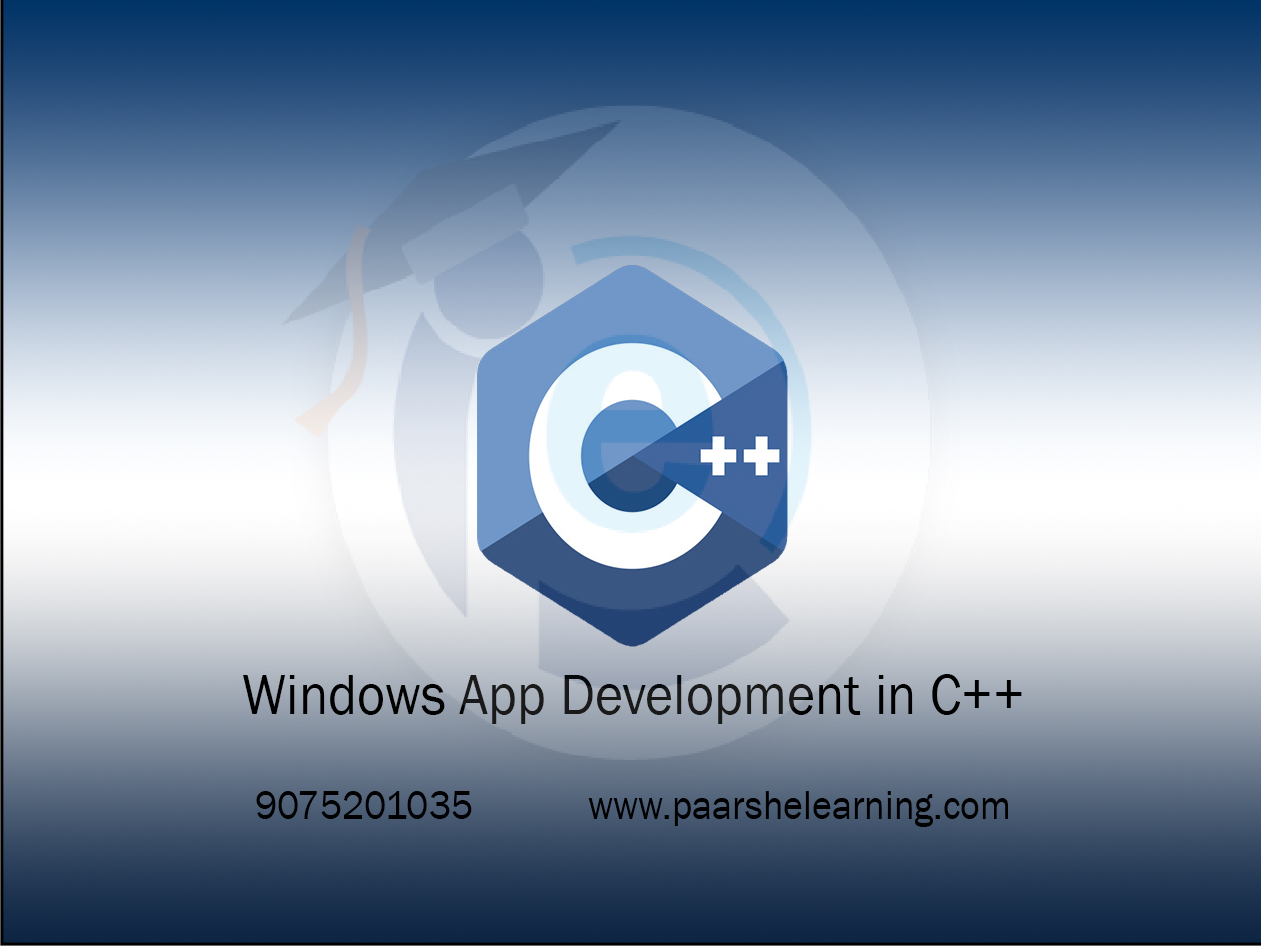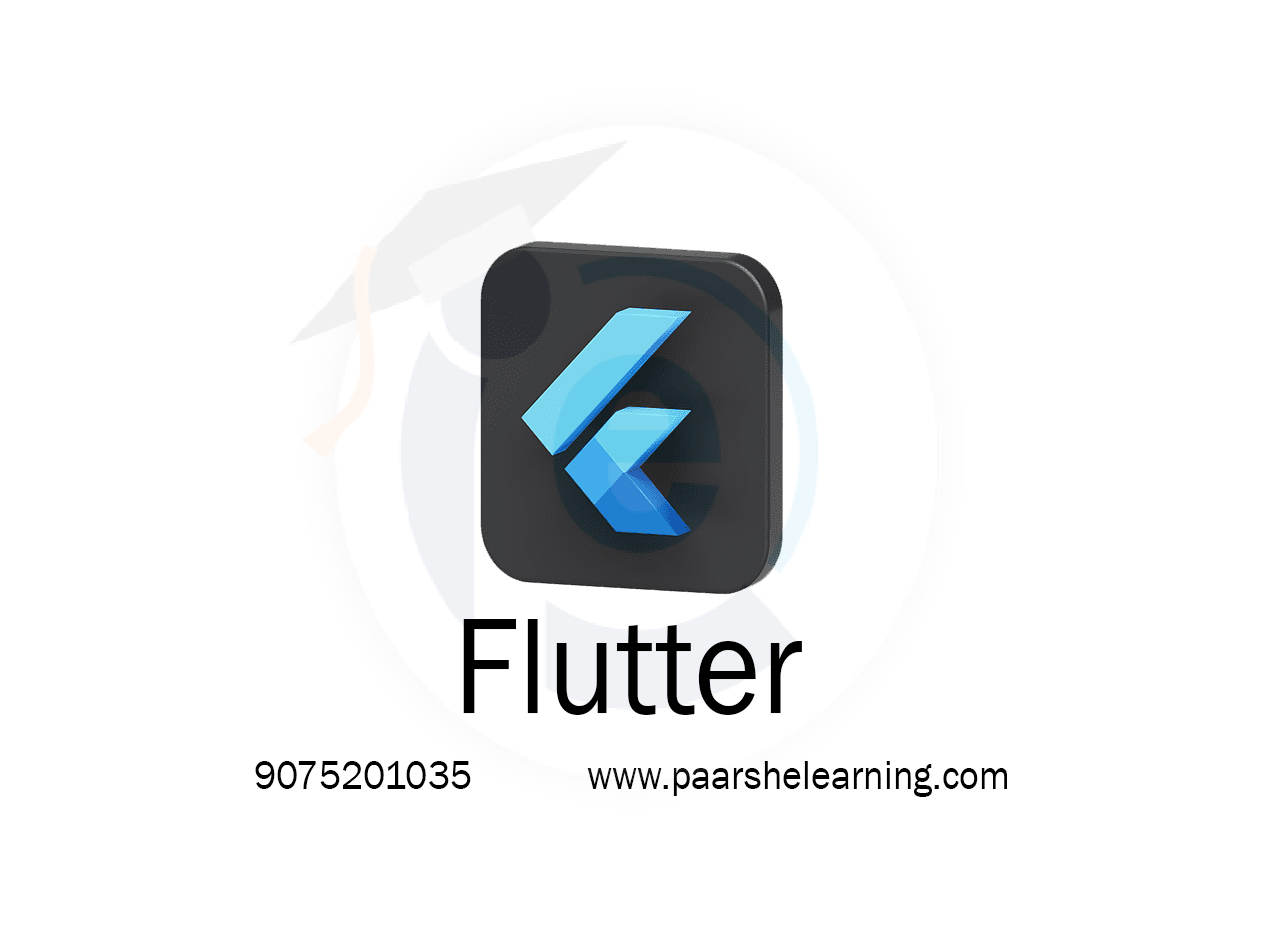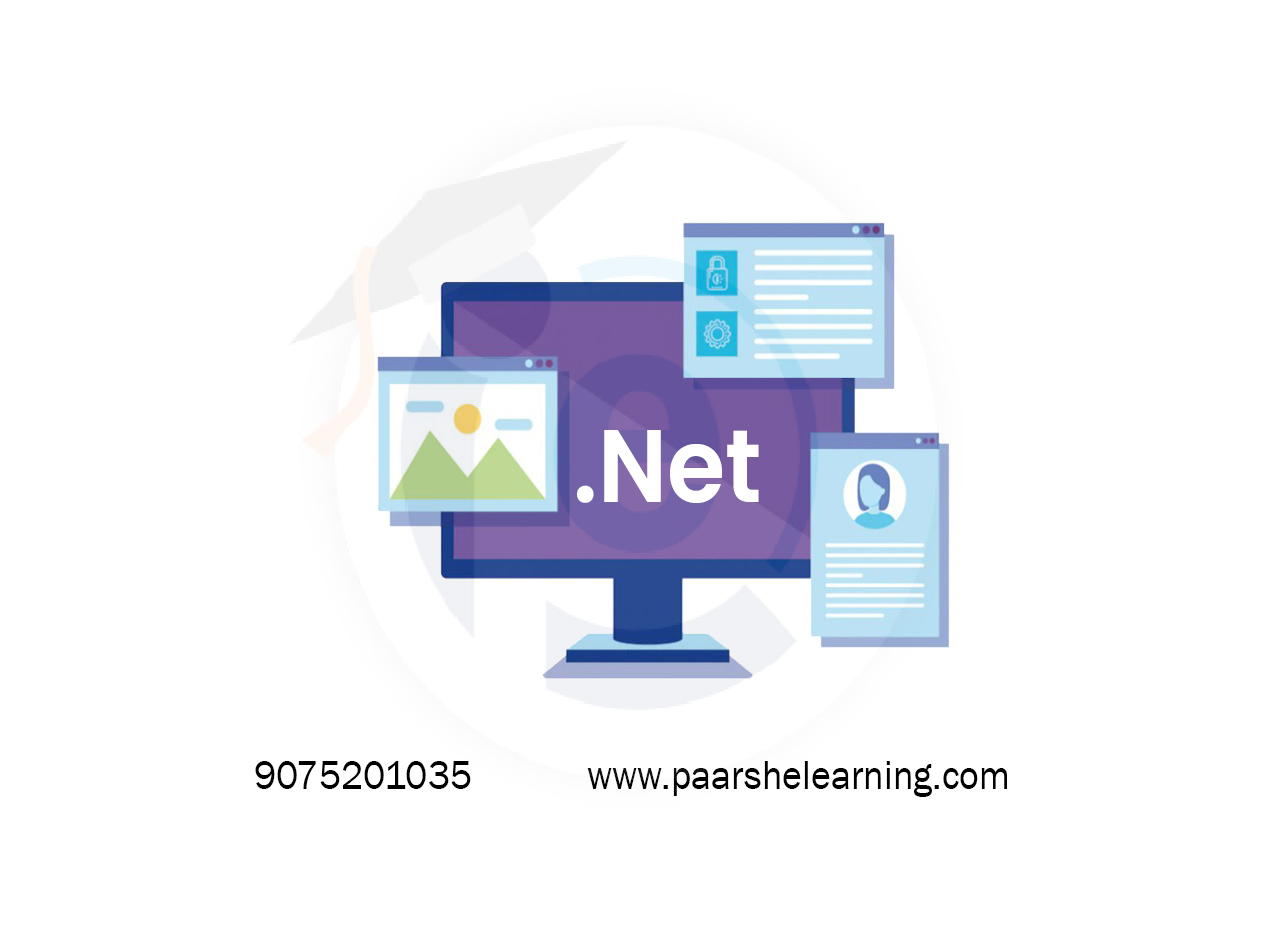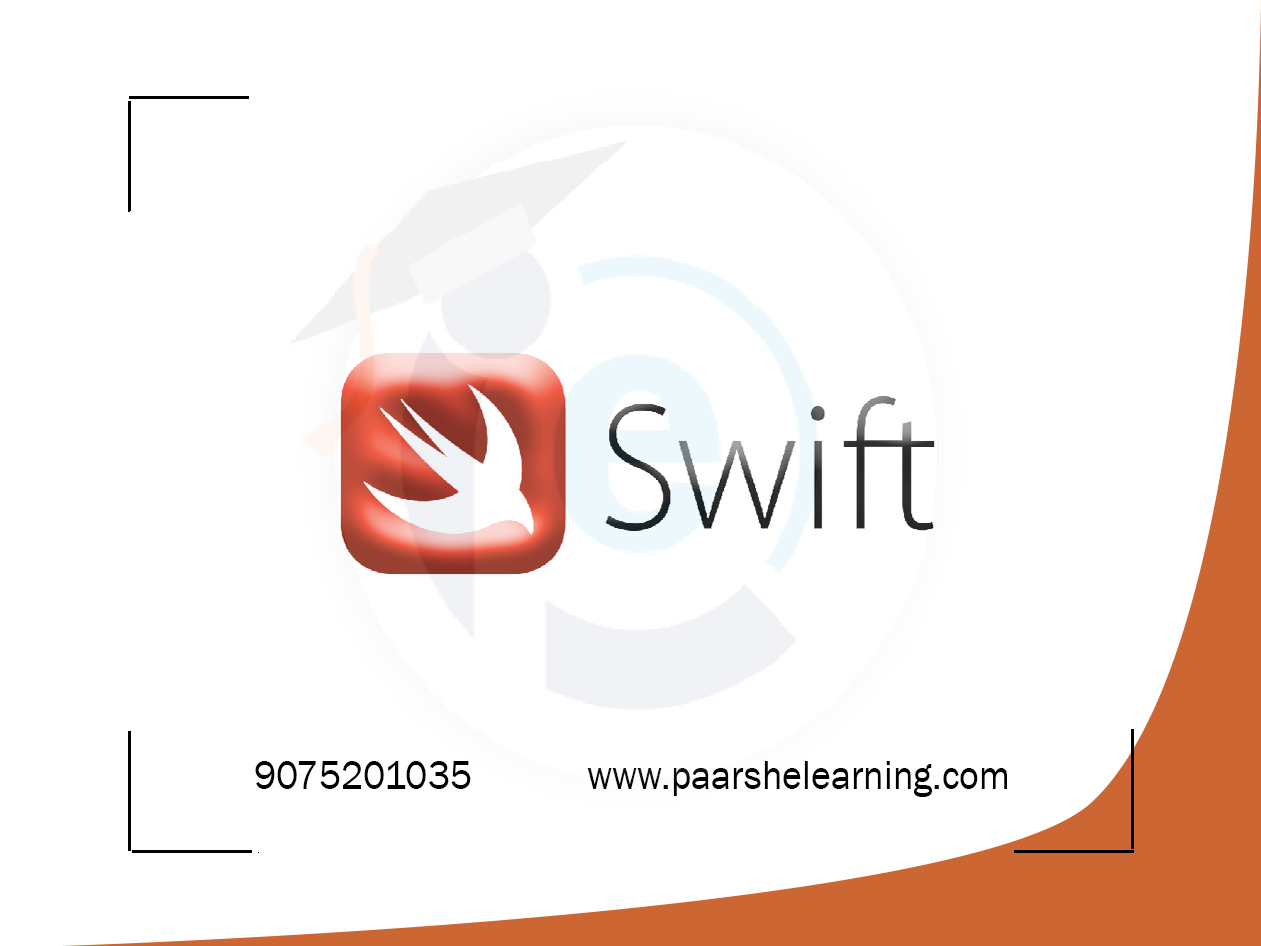- Upon successful completion of the course, the students will be able to develop Graphical User Interface (GUI) applications using Visual C++
- Students will be able to develop GUI desktop applications in VC++ for the tasks that they have previously completed in console environment using C++
- Develop desktop application using VC++ in the latest version of Microsoft Visual Studio that will enable students to perform various user interface operations
- Students previously knowing only C++ will be able to learn how to develop Graphical User Interface applications through VC++ via easy-to-learn short tutorials
Windows App Development in C++
Course description
Windows app development using C++ involves building applications specifically for the Windows operating system using the C++ programming language. C++ is a powerful and versatile programming language that allows developers to create high-performance, efficient, and native Windows applications. When it comes to Windows app development in C++, there are several key components and technologies to consider:
-
Win32 API: The Windows API, often referred to as the Win32 API, is a set of functions and interfaces provided by Microsoft that allows developers to interact with the Windows operating system. It provides low-level access to various features of the operating system, such as user interface controls, file management, networking, and more.
-
Windows Presentation Foundation (WPF): WPF is a UI framework provided by Microsoft for building desktop applications on Windows. While WPF is typically associated with C# and XAML, it also has support for C++ through the C++/CLI (Common Language Infrastructure) language. With WPF, developers can create visually appealing and interactive user interfaces for Windows applications.
-
Universal Windows Platform (UWP): UWP is a platform and application model introduced by Microsoft for developing Windows apps that can run across different Windows devices. While UWP has native support for C# and XAML, it also provides support for C++ through the C++/CX language. With UWP, developers can build applications that can target various Windows devices, including desktops, laptops, tablets, smartphones, and Xbox.
-
Windows Forms: Windows Forms is a UI framework provided by Microsoft that allows developers to build Windows desktop applications using C++. It provides a simple and straightforward way to create user interfaces by dragging and dropping controls onto forms and handling events using C++ code.
-
Visual Studio IDE: Visual Studio is Microsoft's integrated development environment (IDE) that provides comprehensive tools and features for developing Windows applications in C++. It offers a rich set of code editors, debugging tools, designers, and project management features that enhance the development process.
-
DirectX: DirectX is a collection of APIs (Application Programming Interfaces) provided by Microsoft for developing multimedia and gaming applications on Windows. It includes libraries and tools for working with graphics, audio, input devices, and other multimedia components. C++ is commonly used with DirectX for building high-performance graphics-intensive applications.
-
Windows App Certification Kit (WACK): WACK is a tool provided by Microsoft to test and certify Windows applications for compatibility, performance, and adherence to Windows Store guidelines. It helps ensure that your application meets the requirements for distribution through the Microsoft Store.
-
WinAPI Libraries and Frameworks: In addition to the Win32 API, there are various libraries and frameworks available that simplify Windows app development in C++. These include ATL (Active Template Library) for COM (Component Object Model) development, MFC (Microsoft Foundation Classes) for building UI applications, and Boost for providing additional functionality and abstractions.
-
Community and Documentation: The C++ developer community is vast and active, with many resources available for learning, support, and collaboration. Microsoft provides extensive documentation, tutorials, samples, and forums to assist developers in their Windows app development journey using C++.
Windows app development in C++ allows developers to harness the full power of the Windows operating system and create high-performance applications. Whether using the Win32 API, WPF, UWP, or Windows Forms, C++ provides a robust language for building native Windows applications with control over memory management, performance optimizations, and direct access to system resources.
What you will learn from this course?
This course includes!
- Daily Live session
- A recorded session with problem-solving material
- Access on Mobile and TV
- Certificate of completion
- Recommendation Letter
- 100% Job Placement
This course is for
- C++ developers: The course is designed for C++ developers who want to learn how to develop Windows applications using the C++ language and the Windows API.
- Windows application developers: Windows application developers who want to learn how to use C++ to develop high-performance Windows applications can benefit from the course.
- Desktop application developers: Desktop application developers who want to build robust and scalable Windows applications can benefit from learning Windows App Development in C++.
- Students and beginners: Students and beginners who are interested in learning C++ and Windows application development can also benefit from the course, as it covers fundamental concepts and practical skills related to Windows app development using C++.
Prerequisites for this course
- Basic knowledge of C++ (console-based programming)
- Basic knowledge of Object-Oriented programming
- Basic computer knowledge
Windows App Development In C++ Syllabus
-
Introduction To Windows App Development In C++
Understanding the role of C++ in Windows app development Overview of different types of Windows apps: Win32, UWP Installing Visual Studio and setting up the development environment Creating your first "Hello World" Windows app in C++
-
Windows Api And Gui Programming
Introduction to Windows API and message handling Creating windows and basic GUI controls Responding to user input and events Designing user interfaces using resource files
-
User Interface Design With Xaml
Integrating XAML with C++ for UWP apps Designing UI layouts using XAML markup Styling and theming your app's UI Data binding and interaction with XAML controls
-
Universal Windows Platform (uwp) Apps In C++
Exploring UWP architecture and benefits with C++ Creating adaptive layouts for different devices Using XAML controls specific to UWP with C++ App lifecycle management and state persistence
-
Windows Graphics And Animation
Implementing graphics and drawing using GDI Incorporating multimedia elements: images, audio, video Implementing animations and transitions Enhancing the user experience with graphics and animation
-
Advanced Ui And Custom Controls
Creating custom UI controls in C++ Handling complex user interactions Implementing user input validation and feedback Exploring accessibility and UI responsiveness
-
Multithreading And Asynchronous Programming
Understanding multithreading and parallel programming Implementing multithreaded apps for responsiveness Using asynchronous programming patterns in C++ Handling data synchronization and thread safety
-
Advanced Topics And Final Projects
Integrating third-party libraries and APIs Exploring security practices for Windows apps in C++ Performance optimization and memory management Working on individual or group final projects
-
Paarsh E-Learning encourages hands-on practice and projects throughout the course to reinforce students' understanding of Windows app development in C++. Assigning practical assignments and projects will help students apply what they've learned. Make sure to cover both the theoretical foundations and practical implementation of Windows app development in C++.



